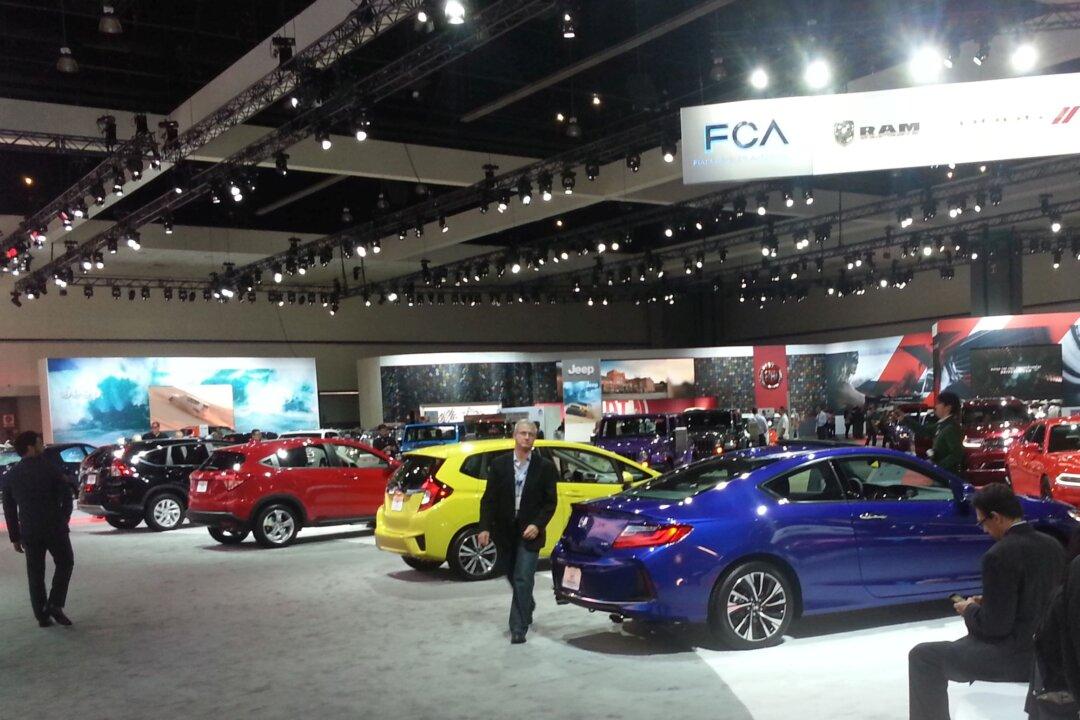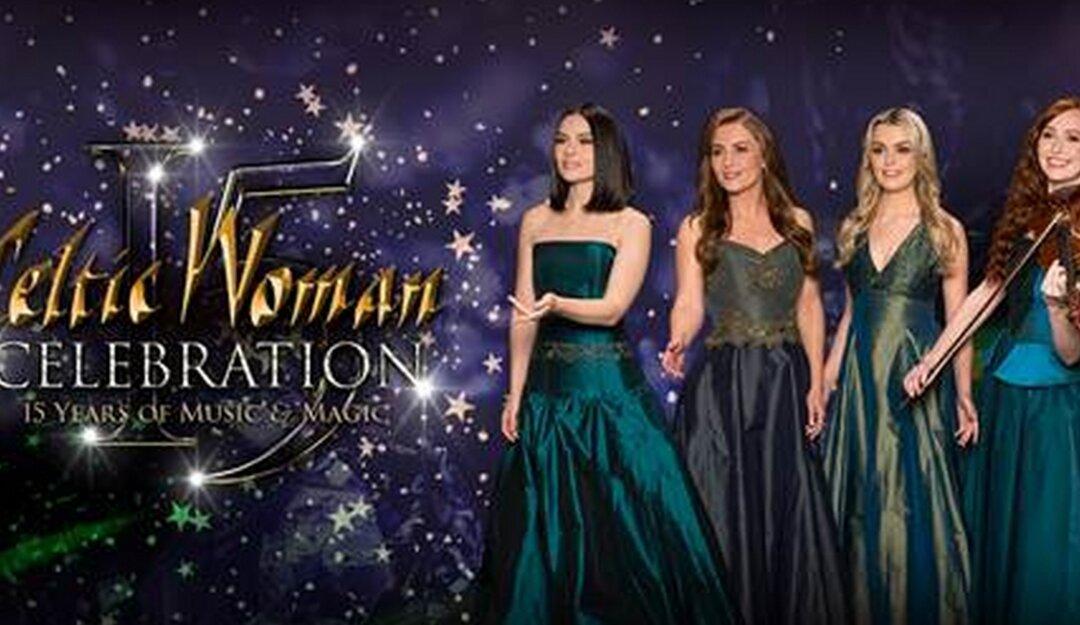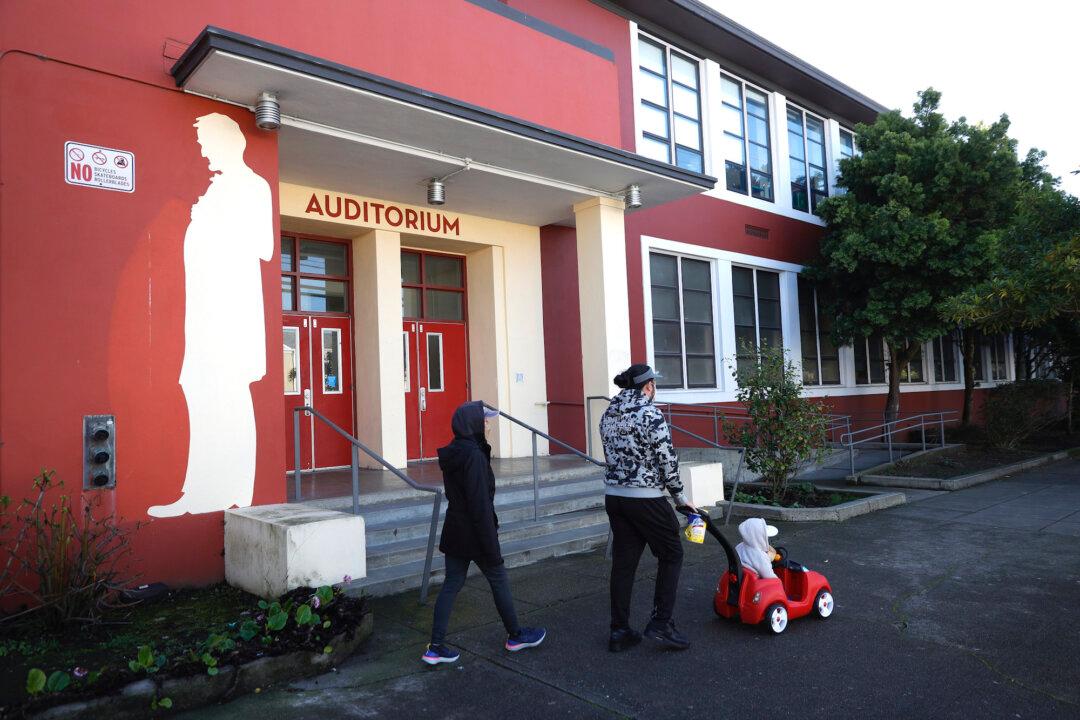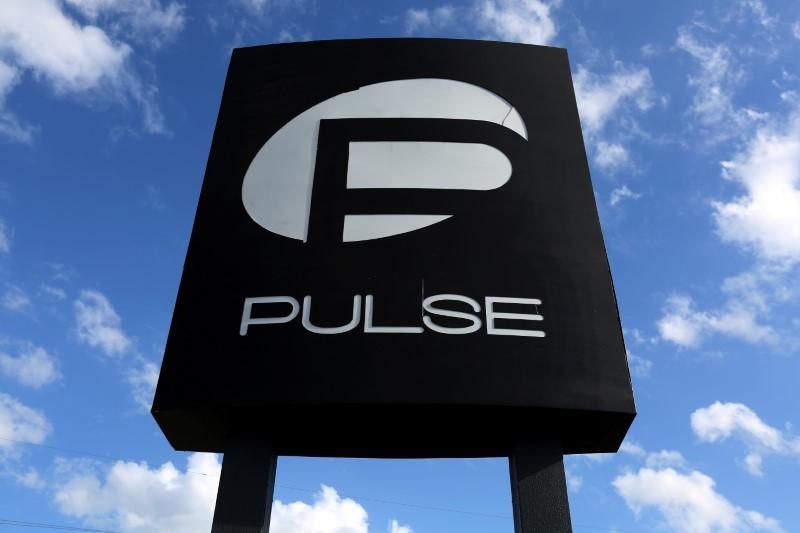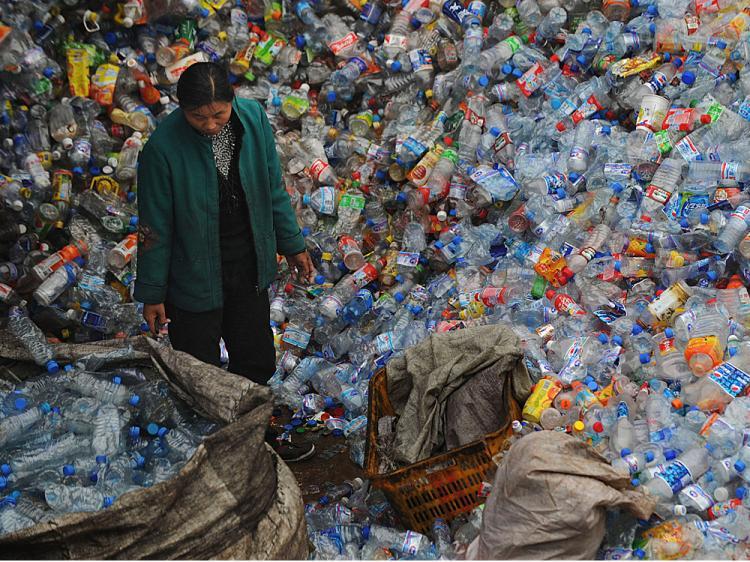The future arrived with a blend of quirkiness and novel twists at the 2016 Auto Show at the Los Angeles Convention Center, which concluded Nov. 29. From shapely models that had nothing to do with cars but a lot to do with the age-old notion that sex sells, to a field of cars with bodies and accoutrements to die for, and futuristic technology whose time has come, made seeing all the offerings in the cavernous 720,000 square-foot Convention Center in one day virtually impossible.
Brilliant colors are a certainty to brighten up the roadways in 2016. Some might say they are of the variety found in a child’s nursery. At least it’s an alternative to commonplace drab hues of today. Many 2016s are two-toned, and, notably, have dazzling trim and interior colors—described as “pop-out” by a Nissan representative. Generally, changed body designs, combined with a fancy new color swatch, underscore the adage that beauty is in the eye of the beholder.
One thing the auto show was not: any hint of the “good old days” of a basic mode of transportation to get from Point A to Point B. Plainly if not also painfully obvious—especially to “old-timers”—was that long-gone are mechanics—or “grease monkeys”—with a wrench to tend to cars. And hardly was this event for do-it-yourselfers. Instead, advanced-degreed-technicians with computer know-how have the edge by keeping us drivers in a state of not knowing why or how the apparatus at our control ticks.

